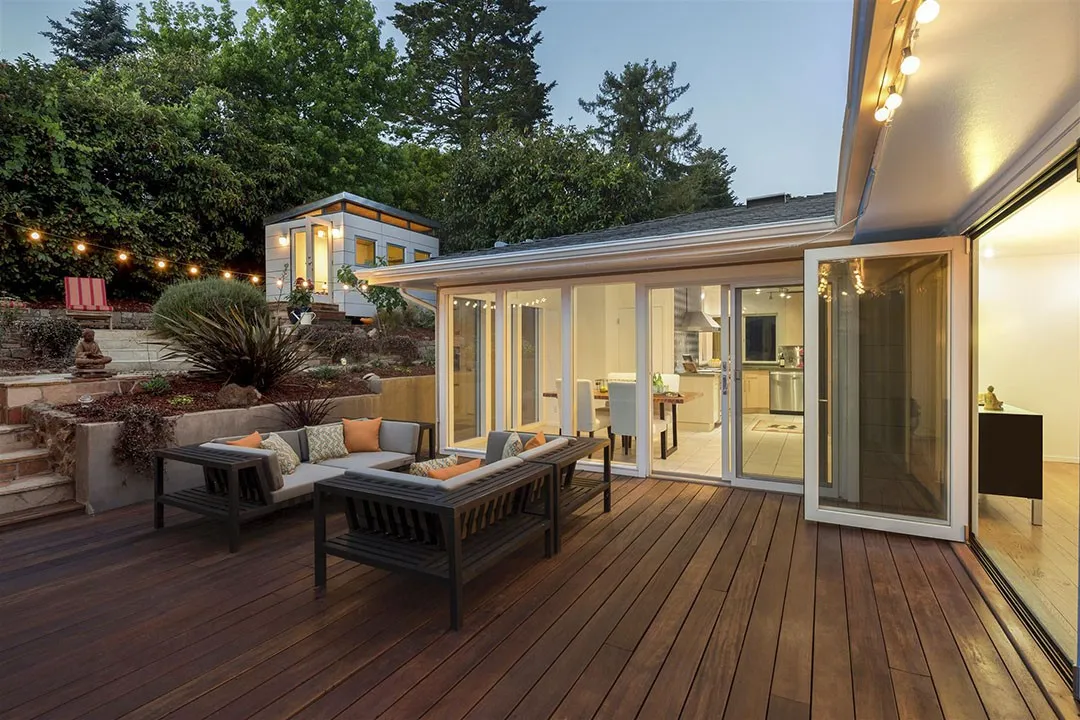
Can You Paint Stucco? | Tips for Homeowners in Sacramento
Can You Paint Stucco? | Tips for Homeowners in Sacramento
Can You Paint Stucco

Why Paint Stucco?
- Aesthetic Appeal: Stucco is often a neutral, earth-toned color by default. Over time, it may fade or get dirtier. Painting it ensures your home a modern look.
- Protection: Paint is an extra layer of security, especially in a climate with extreme temperatures or frequent rain. It helps seal the stucco and prevents moisture from soaking into the surface, which can cause cracks.
- Increased Home Value: A properly painted stucco exterior enhances your property's attractiveness and can raise its value when you decide to sell.
Proper Preparation: The Key to a Lasting Paint Job
1. Clean the Surface: Stucco collects dust, dirt, and grime. If you try to paint over a dirty surface, the paint won’t bond properly, and the finish will be patchy. Use a pressure washer (on a low setting) or a hose with a stiff-bristle brush to clean the surface. You want to remove all debris, including mold and mildew, common in damp areas.
2. Repair Cracks and Holes: Stucco can develop small cracks or chips over time. These need to be filled and smoothed out before painting. Use a stucco patch or filler to repair any damage. Once the filler dries, sand it down to flush with the surface. This ensures that your paint goes on evenly and looks professional.
3. Allow Time for Drying: If there’s been any rain recently, or if the stucco is still wet from washing, it’s crucial to wait for it to dry completely. Painting on damp surfaces can lead to blistering or peeling down the line.
Choosing the Right Paint for Stucco
- Acrylic Paint: This is the best type of paint for stucco. Acrylic-based paints are breathable, allowing moisture trapped inside the stucco to escape while preventing moisture from getting in. This is important because stucco surfaces can absorb and release water, and a non-breathable paint can cause the stucco to crack over time.
- Elastomeric Coatings: An elastomeric coating might be a good option if your stucco has extensive cracking or live in an area with extreme weather conditions. These thicker, flexible paints tan seal and protect the surface more effectively than standard acrylics.
- Finish: When choosing the finish, a satin or semi-gloss paint works well for stucco because it’s durable and easy to clean. Glossy finishes, on the other hand, can make imperfections stand out more, so it’s best to avoid those.
Techniques for Painting Stucco
- Use a Sprayer or Roller: While you can paint stucco with a brush, the best method is using a sprayer. It allows the paint to go on evenly and get into all the crevices of the textured surface. If you don’t have a sprayer, use a roller with a thick nap (the longer the nap, the better it’ll get into the texture).
- Start from the Top: Always begin painting at the top of the wall and work your way down. This prevents drips from messing up your work. Paint in sections, overlapping slightly to ensure even coverage.
- Don’t Rush: Painting stucco takes time. Apply at least two coats of paint for better coverage and longevity. Be sure to let the first coat dry completely before applying the second.
Things to Avoid When Painting Stucco
- Skipping the Prep Work: If you skip cleaning or repairing the surface properly, your paint job will likely peel or fade faster.
- Using the Wrong Paint: As mentioned, non-breathable paints can cause issues with moisture retention. Stick with an acrylic paint or elastomeric coating for the best results.
- Painting in Extreme Weather: Don’t paint during extreme heat or humidity. Both conditions can cause the paint to dry too quickly, leading to cracks or uneven application. A moderate temperature day is best.
Painting Stucco—A Great Way To Refresh Your Home’s Exterior.
If you want to enhance your stucco walls with a new coat of paint, contact North Pacific Painting. We are a professional painting company committed to delivering outstanding results.

